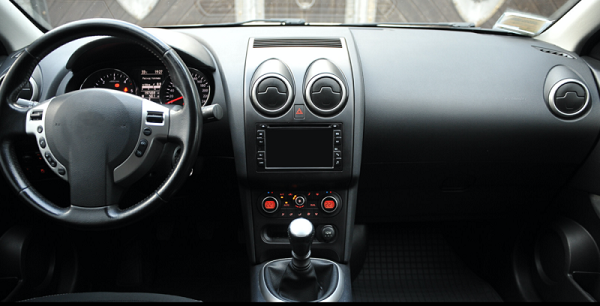Article
The following is an article written by Emily Holbrook first appeared on November 13, 2019, on EvironmentLeader.com.
Eastman Creates Sustainable Option for Automotive Plastics

Specialty plastics provider Eastman has announced its collaboration with NB Coatings, a paint-on plastics manufacturer for original equipment manufacturers (OEMs), to create a sustainable option for automotive plastics.
The solution is for interior Class A painted surfaces and uses Treva engineering bioplastic. Treva offers an option for companies interested in creating sustainable, cost-effective products. With the recent commercialization of its carbon renewal technology, Eastman produces Treva with bio-based and recycled content. When painted with NB Coatings paint systems, Treva can meet the demanding Class A surface requirements as specified by OEMs.
Sourced from sustainably managed forests, Treva has bio-based content of 42-46%, certified by the USDA's BioPreferred program. Treva also benefits from carbon renewal technology, Eastman's proprietary recycling process that recycles waste plastic typically sent to landfills or found as litter in waterways.
Carbon renewal technology is a chemical recycling technology that turns mixed waste plastics to simple molecular components that are then reintroduced in the production of a variety of products, including Treva - without performance compromise.
In automotive applications, cellulose based Treva exhibits high performance and reduced environmental impact. With optical and birefringence properties, it provides high clarity and superior strength and is suitable for applications such as human machine interface (HMI) lenses. Treva also withstands the challenges of automotive interiors, including high temperatures, humidity, UV, scratch/mar and general durability requirements. Treva has low VOC emissions, which is critical for interior parts. Its processing ease and excellent flow enable good dimensional stability and thin-wall designs for less material usage and lower weight.
